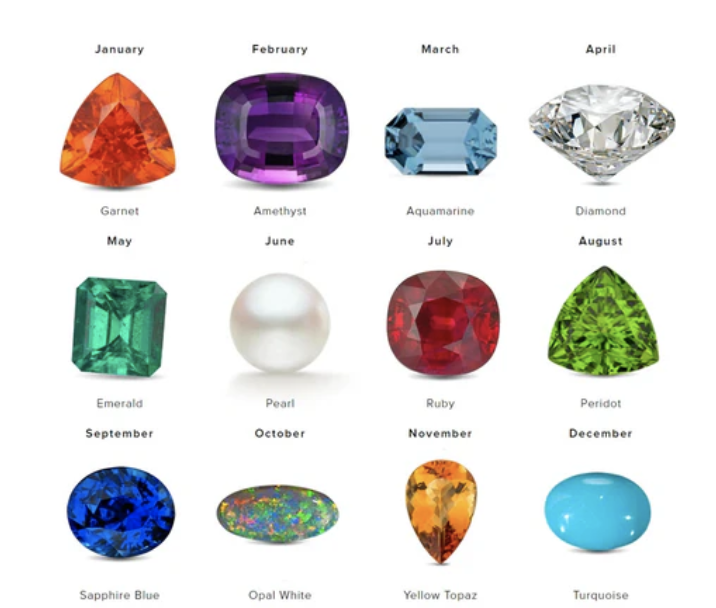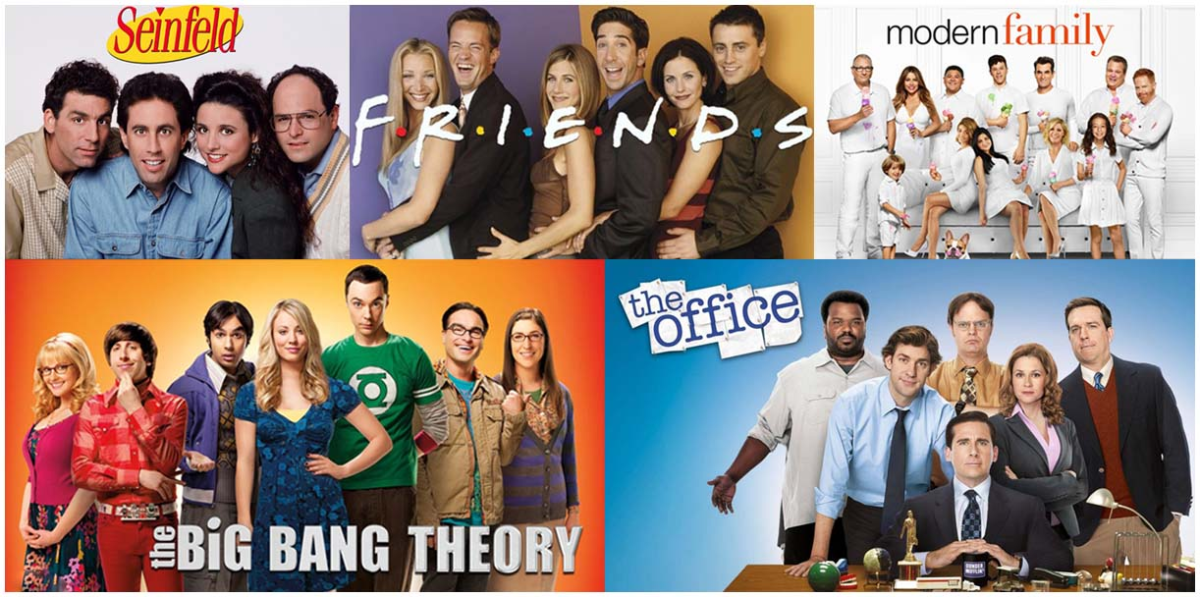Every day after school, you turn on the television; at the same time every day, Friends is playing on Fridays, The Big Bang Theory on Saturdays, Modern Family on Sundays, and Fresh off the Boat on Mondays. The simultaneous laughing reaches out to you from the screen, the cheesy punch line grasps your attention, and the current conflicts entice you. Sitting down in front of the TV brings a sense of warmth. This contributes to the daily routine of many Americans, as sitcoms have integrated themselves into American culture.
Sitcoms often mirror society and can resonate deeply with their audiences. Through the silver screen, films reflect commonly held attitudes and beliefs about what it means to be American in this day and age. Still, they also portray contemporary trends and versions of society throughout the ages.
Aiyanna Reed, a dedicated viewer of the show Modern Family, expresses, “Since the pandemic, I used Modern Family as a way to embrace different cultures while at the same time having a good laugh” Aiyanna Reed (10).
In this “Golden Age of Television, “classic sitcoms including Friends, Full House, Modern Family, The Cosby Show, Seinfeld, The Big Bang Theory, The Office, I Love Lucy, and Fresh off the Boat have all contributed to the structure of American Culture.
In the ‘80s and ‘90s, black television dominated the mass media community as networks fought to create positive programming for an engaged demographic. Shows, including Fresh Off the Boat and The Cosby Show, embraced cultural differences and gave the perspective of racial prejudice, embracement of Black culture, and disproving popular media stereotypes of African Americans.
Along with this, the sitcom Fresh Off The Boat captures the perspective and life of a Taiwanese-American family living in the Orlando suburbs. Not only targeting the concept of maintaining their individual and ancestral culture but also trying to fit into the American society around them.
Iconic sitcoms, including Friends and Modern Family, are honest depictions of women in the workforce today: Monica becoming head chef (Friends), Claire becoming CEO of her father’s closet company (Modern Family). These are just a few of the many examples that demonstrate the progression American culture has made in amending gender roles.
Structured in the 90’s in New York, six friends embark on a friendship lasting ten seasons. Friends tackled the universal concept of constructing an alternative family of friends that resonated.
Last but not least, one of many sitcoms that have impacted society and American culture is Modern Family. Modern Family included 11 seasons and 122 awards, which, throughout the portrayal of 3 families, invited the idea that Family is messy, complicated, and frustrating. But also loving, loyal, and often comical. Modern Family also brought into light homosexuality, unconventional marriages, underwhelming children, adoption, and the refashioning of gender norms.
Mainstreamed films produced in the late 1940s and emerging 1950s mirrored the social and cultural affairs that dominated the decade. However, as the 1960s arose, television became widely popular, and culture started to be directed toward the younger generation as an authoritative theme. At the same time, film and other methods of mass communication developed messages and themes concerning cultures, desires, customs, and behavior spread from these Hollywood communication centers to outlying areas across the country. The effect of early mass-communication media was to enlighten its viewers on regional differences and create a more modern culture.
So why do we watch the many seasons of sitcoms? The answer consists of two words: familiarity and trust. The structure of a sitcom models the intimacy between an artist, medium, and audience. In the act of acceptance, Sitcoms invite the audience to become part of its constructed community.






























Lauren Urquico • Nov 30, 2023 at 7:42 AM
such a fun article!!